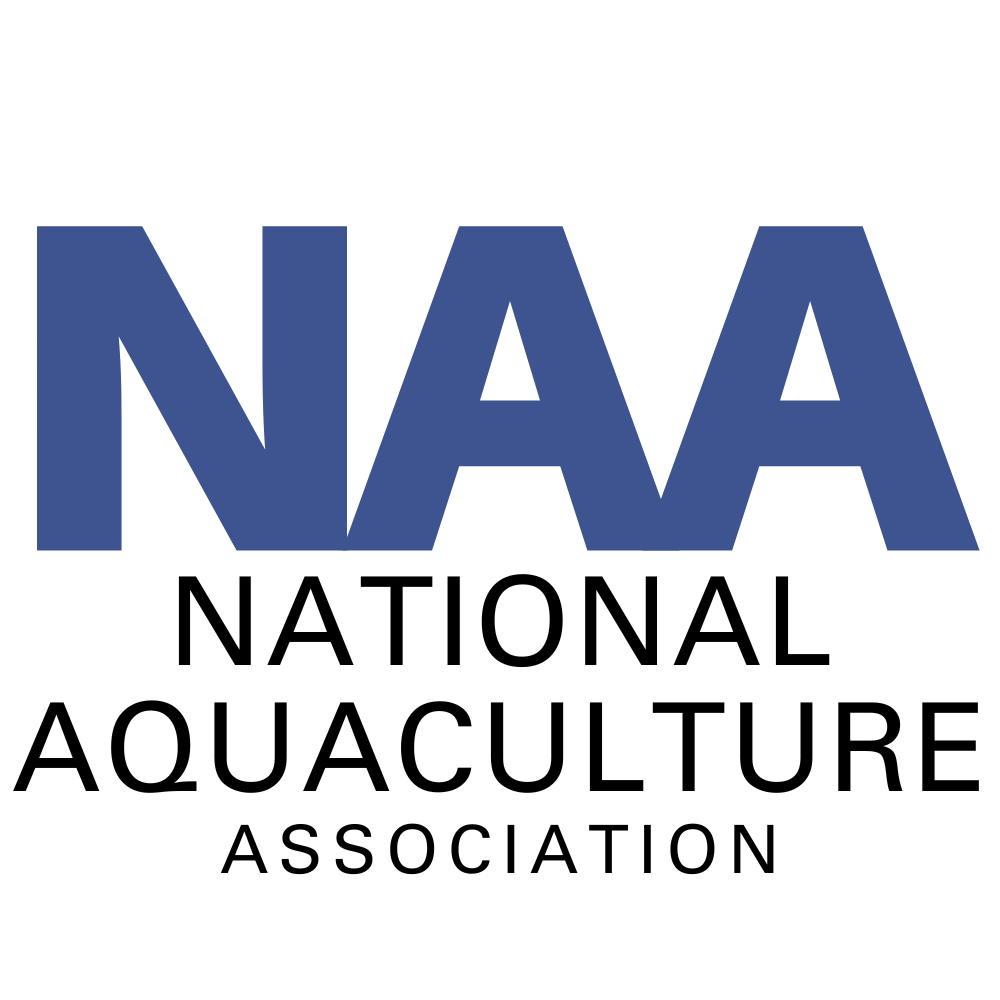
Post-Chevron Ruling Could Ease Regulatory Burdens on U.S. aquaculture
Aquaculture North America recently published an article about the National Aquaculture Association's recent webinar covering the overturning of the Chevron doctrine and how that landmark legal decision may impact of U.S. aquaculture.
April 28, 2025
In a post-Chevron world, aquaculture businesses can challenge federal regulations that appear to exceed congressional authority, according to healthcare and regulatory litigator Andrew Tsui.
At a recent National Aquaculture Association (NAA) webinar, Tsui explained that the U.S. Supreme Court’s June 2024 ruling overturned the Chevron doctrine, which for 40 years required courts to defer to federal agencies—such as the NOAA and the Environmental Protection Agency—as long as their interpretations of ambiguous laws were deemed “reasonable.”
“I think it’s safe to say that what this means for all regulated industries is a great deal of instability. And to the extent, aquaculture and the seafood industry are also regulated industries, that means there will also be instability in the aquaculture industry,” said Tsui.
The Chevron doctrine supported agency decision-making to exceed congressional authority to regulate pollution, food safety, and more. Charlie Culpepper, director of membership recruitment and public outreach at the NAA, said this doctrine created regulatory complexities that are hampering the success and growth of U.S. aquaculture businesses.
A recent report on The National Regulatory Cost Burden on U.S. aquaculture farms shows that cumbersome and restrictive regulations are hampering the success and growth of the country’s aquaculture. These regulations resulted in annual lost revenue of $807 million.
“U.S. aquaculture farms, composed primarily of small, family-run operations, do not have the resources, infrastructure or expertise to litigate the excessively protective, often redundant and sometimes illegal federal regulations that prevent production from occurring and, in all instances, greatly contribute to costs, thereby reducing profitability and making our farms uncompetitive against a tidal wave of imported seafood,” Culpepper told Aquaculture North America.
In contrast, aquaculture businesses from other countries, which are subject to less stringent regulatory frameworks, can operate and expand their operations at a lower cost.
While the implications of Loper Bright v. Raimondo, the Supreme Court ruling that overturned the Chevron doctrine, are still unclear, Culpepper said the country’s aquaculture community should become familiar as the regulatory landscape has radically changed for the better.
Tsui said that, going forward, the industry needs to participate in notice and comment rulemaking.
“Especially in seafood aquaculture and fishing, I think there’s been a little bit of a lackadaisical approach in industry overall to a lot of the notice and comment opportunities historically, that can’t happen anymore today,” he said.

